Welcome to the Janison Insights help portal
Manage people
There are several options available to add user accounts to Insights.
Note that the Insights system is highly configurable, so the terminology you see here may differ to the terminology you see on your site.
Role permissions also impact the menu items you have access to, therefore what you see on your site may be different to the menu items you see in the screen captures in this document.
You would use this option if you only had one or two accounts to add.
Navigate to People > Users.


Tip
All fields are optional in this section of adding a new User.
Tip
Further information on the different roles can be found in the Role types section.

Users can be added to the system in bulk using an import. For general users such as marker or test authors, you would use this option. For test-takers you would use the Import test-takers option covered below.
There are two types of imports:
Important
Syncing Users from a HR system will deactivate any users already in the Janison Academy who are not listed in the spreadsheet.
The data upload option will not deactivate users on import, even if they are not on the spreadsheet. They will only be deactivated if the Is Active column is set to No.
Your preferences for the import settings can be set as default. To do this:
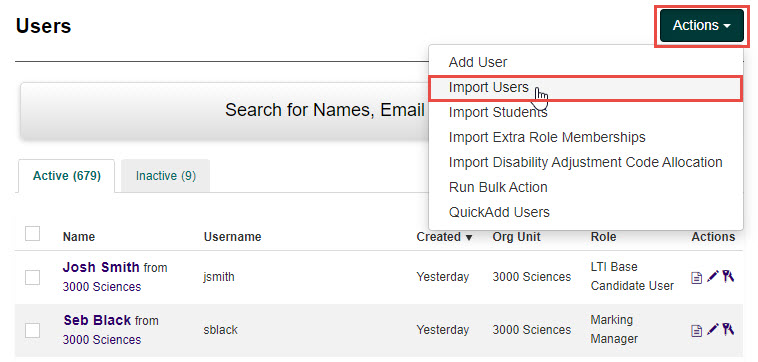


From the Data Upload screen:

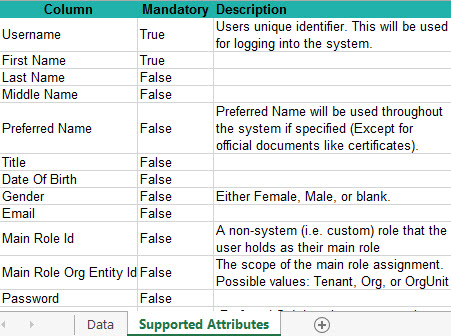
Tip
For more details on any of these options, hover over the ? icons
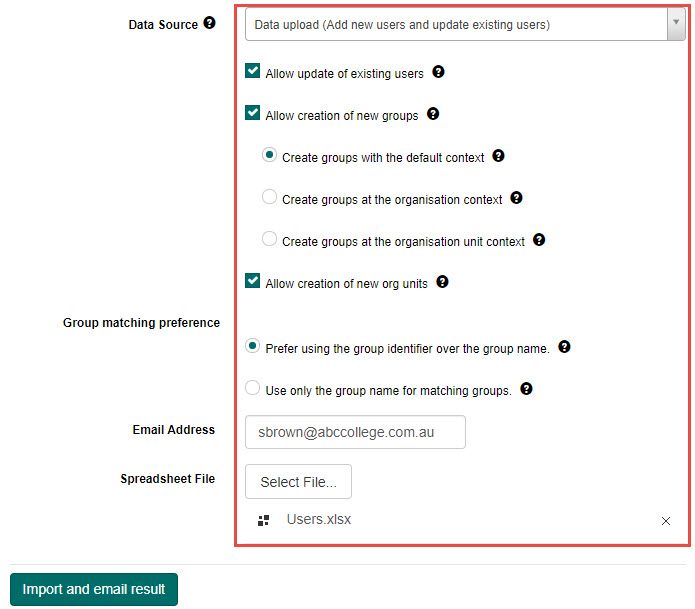

Set the default settings and column mappings
Tip
The default settings for syncing can be set as per the instructions in the Completing the data upload section.

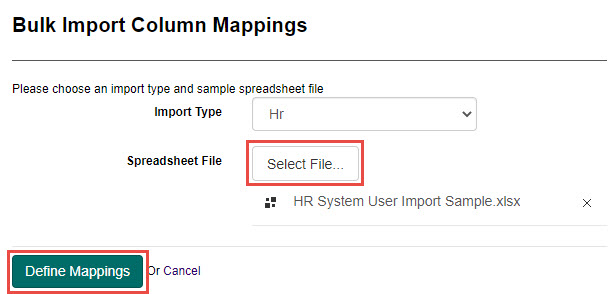
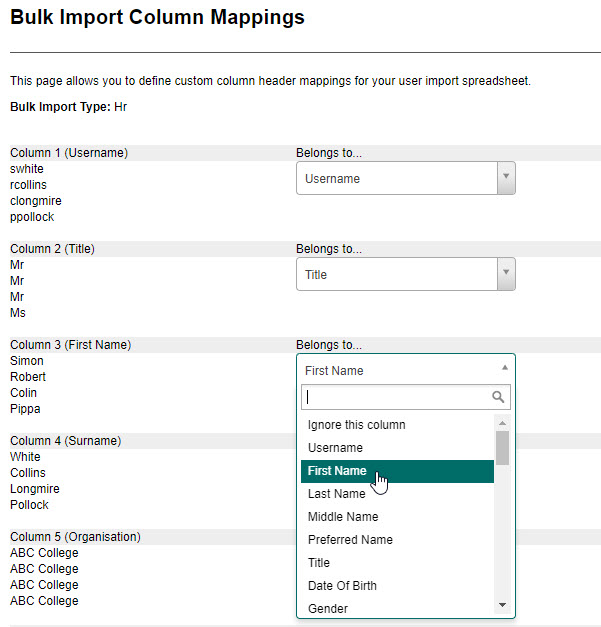
Once you have defined your column mappings, the HR import will then need to be scheduled. See the section on Schedule a job for these steps.
This option allows you to quickly add Users with limited fields available.
Tip
This feature is a plugin and will not be available unless the plugin is active. Please contact your Account Manager for more information
To add Users using the QuickAdd plugin:

Tip
The fields and columns you see may differ depending on the options you have set. To learn more about these settings, see the QuickAdd User settings section.
Complete the QuickAdd Users information:


Tip
As soon as you select any of the editable fields, a new row is automatically created ready to add the next new User.
In this example, the automatic generation of Username and Password is turned off. To learn how to adjust these settings, view the QuickAdd User settings section.
The test-taker import is designed to import test-takers directly into their relevant role. The import template is dynamic and admins can easily tailor it to the specific requirements of their institution. It also has the ability to filter test-takers into their relevant groups.
You can find the steps to import test-takers in our document below.
This is where a new system user is required to register themselves on the system.
There are two ways this might be done:
Important
By default, self-registration is disabled in Janison Insights. To learn how to enable this setting, see the Self-registration form section in User settings.
If the Registration form on a separate page option is selected, Users will register using the self-registration form as follows:
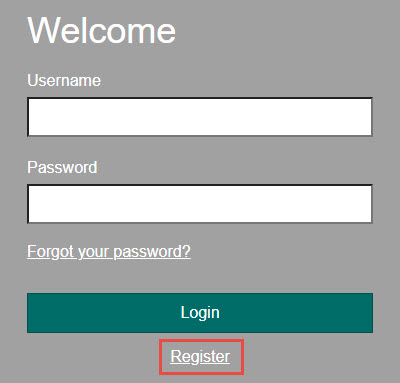
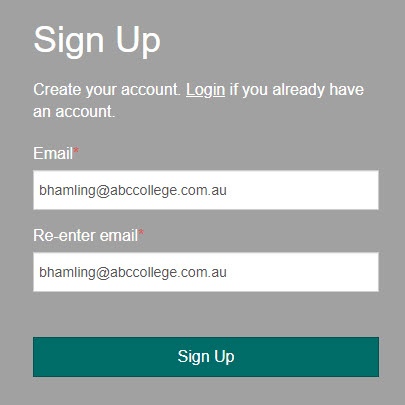
A notification displays advising an email has been sent with instructions on how to get started.

If the Registration via secure link in Email option is selected, you can invite up to 30 Users at a time to self-register by emailing them a secure link.
To do this:


Complete the following:

When a User selects the link in the email, they will be directed to the Sign Up screen.
Users can be accessed from the Users tab under the People menu. This screen displays any Users which have already been created.
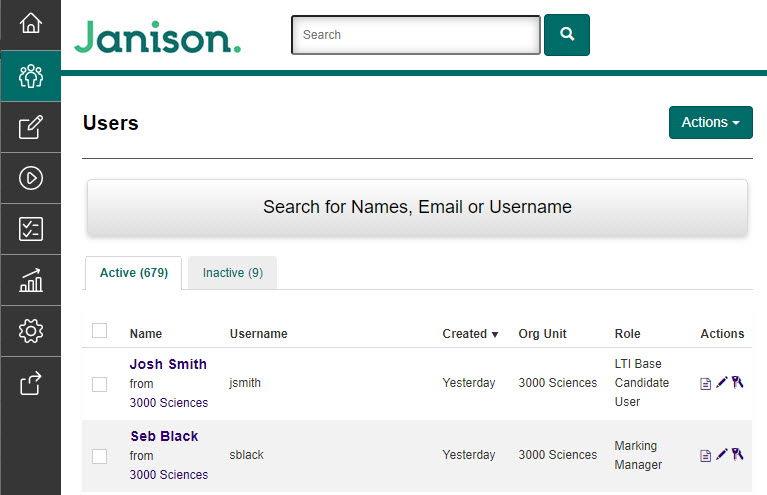
Tip
You can reorder the list of Users by selecting any of the column headings (eg. Name, Username, Created etc.).
From this screen you can:
The search feature allows you to quickly find a User. This is only needed when there are a large number of Users in the list.
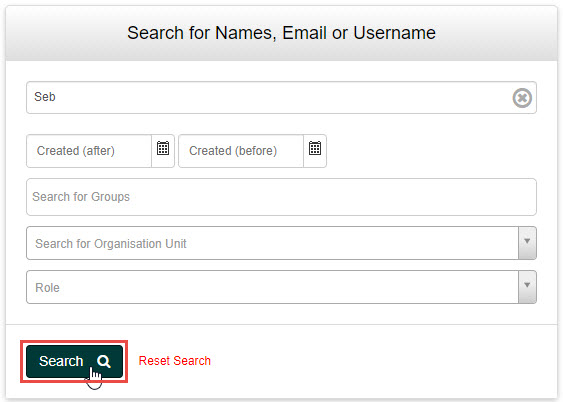
Tip
To perform another search, select Reset Search next to the Search button.
The view functionality allows you to view the details of a User.

The User’s details are displayed.

Tip
From this screen you can also view the following information for a User:
The edit functionality allows you to edit the following details of a User:
To edit the User’s details:

Tip
If the Actions column is inactive, then you will need to view the User’s details as previously covered, then select the Actions drop-down button and select Edit User.

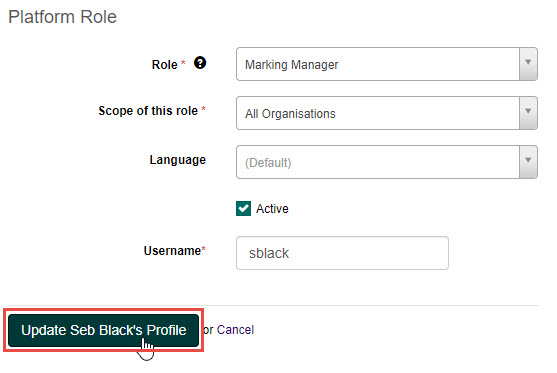
As an Administrator, you are also able to change a User’s password if required. To do this:

Tip
If the Actions column is inactive, then you will need to view the User’s details as previously covered, then select the Actions drop-down button and select Change Password.

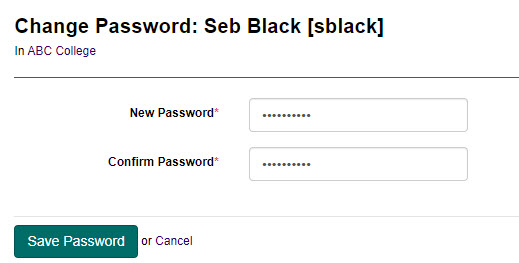
A role is a collection of permissions that refer to a set of actions a User can perform.
Tip
To learn more about roles, see the Roles and key features section.
Role persmissions are edited/added in the Edit User screen.
To edit/add the Main Role of a User

To edit/add the Extra Roles of a User


Archiving a User will set them to inactive and remove their access to the system. Users can be individually archived in the Edit User screen or in bulk from the User List.
To do this:

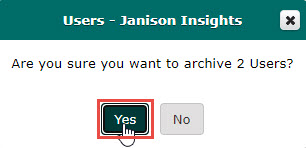

Tip
You can select the checkbox next to the User(s) and select the Unarchive button to remove the archive and return the User(s) to the Active list of Users.
1300 857 687 (Australia)
+61 2 6652 9850 (International)
ACN 091 302 975
ABN 35 081 897 494
© 2024 Janison
Janison acknowledges the traditional owners of the land on which we work and meet. We acknowledge the continuous care of the land, animals and waterways. We pay our respects to Elders past, present and emerging.